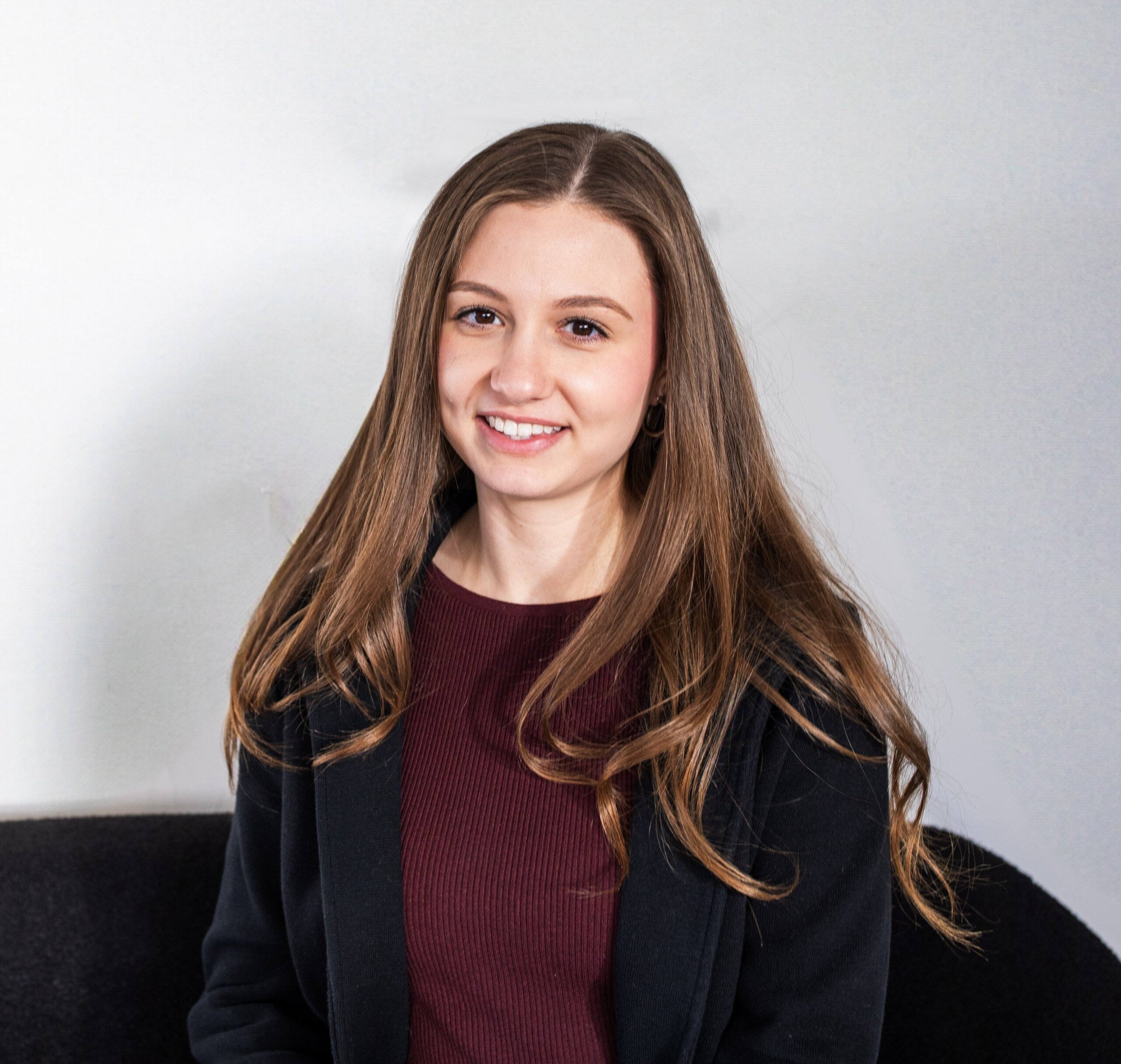ECTC sure knew how to pack ‘em in early this year! It was no accident that they held a special session on the Transforming Role of the Packaging Foundry on the Professional Development Course Day (Tuesday, May 29). Instead of 30 or so stragglers who wandered in between their regular courses during last year’s special session, there was standing room only at this session (I’m told 150+ people) and it was easy to understand why: how often do you get all the major OSATS represented on one panel?
Session chair Raj Pendse, of STATS ChipPAC outlined the issues at hand nicely: silicon nodes are progressing rapidly, new technologies are wafer and silicon based, bumping and flip chip is on the rise, and overall growth and convergence of the market is driving changes in the packaging landscape. We’re seeing more wafer level packaging (WLP) processes, particularly with early adopters of 2.5D and 3D and commercialization of these configurations looming closer.
This session featured speakers from the top four OSATS: Bill Chen, of ASE, Bob Lanzone, of Amkor, Mike Ma of SPIL and Steve Anderson of STATS ChipPAC. Dan Tracy from SEMI added the materials market perspective. Each panelist offered their respective company’s approach to this transformation; but what was most interesting to me was the ensuing discussion, which focused largely on the supply chain issues for 2.5D and 3D.
Bob Lanzone talked about TSMC’s recent announcement that they will be offering customers turn-key services including packaging. This announcement has been met with mixed response among the OSATs, and Lanzone mused that perhaps since foundries like TSMC generally realize a greater profit margin for their products than the packaging foundries, customers will expect to pay more for 2.5D and 3D packages. Will the OSATS be able to capitalize on the foundry pricing structure to increase their profit margins? That was one possible scenario. Another was that OSATS will offer a lower-cost alternative based on the profit margin they are used to. Ultimately, Lanzone said it remains to be seen how successful TSMC’s “premium vertical service” will be.
Bill Chen’s overall opinion was that heterogeneous 2.5D and 3D will come in many flavors, each suited to different segments of the marketplace. He also said that all models will likely survive. His opinion is that 3D commercialization will be driven by consumer demand. “Everyone wants to watch HD video while riding a bicycle,” he quipped.
Mike Ma’s impression was also that multiple models will coexist in the 3D world. However, he said if the market doesn’t turn out to be big, than TSMC might end up being the only player. The hope is that consumer demand will drive high volume manufacturing (HVM), which is what the foundry/OSAT models are most suited to. In Ma’s estimation, we won’t know for sure how this all plays out until 2015.
In answer to the question of how fast will 2.5D and 3D be commercialized, Lanzone talked about how critical managing risk is to all of this. He spoke historically of Amkor’s collaboration with Texas Instruments to bring copper pillars to commercialization, and how risk was addressed up front, allowing them to move commercialization along rapidly. Unfortunately, that hasn’t been the case with 2.5D and 3D. “Nobody wants to address risk while technology is in development,” he noted. “With TSV, risk management hasn’t been addressed or defined. It concerns me as to how fast it will be commercialized.”
As always, the discussion turned to managing cost reduction; still a critical concern particularly in the packaging world where as Bill Chen noted, cost is still a prime objective.
Again citing work with TI on copper pillar, Lanzone said he developed a ‘cost first’ approach. “You have to try the cheapest way to do something FIRST. If you develop with a higher-end mentality, you’re stuck with those solutions, even if there’s a more cost effective way to do it,” he explained. He said current practices focus on the technology first, and address cost later, and that needs to change to an approach where you address the cost first and technology later.
Ma suggested what he called the “Package More use Less” approach to improved performance at controlled cost. Essentially, SPIL’s message is package more ICs into a monolithic package, such as in a package on package (PoP) configuration, embedding multiple die, and using 2.5D and 3D IC technologies; and use less expensive materials and less of them for cost effectiveness. He also stressed a need for ‘coopetition’ with the foundries and OSATS. “Our job is to make these technologies available for the customer,” he said. “The market drives the cost, in our opinion.”
So there you have it, some different opinions all drawing to similar conclusions. The speakers agree that these new technologies are capital and R&D intense, and as a result the percentage of revenue being invested in R&D has increased. When HVM of 2.5D and 3D takes place will be due to a perfect storm of consumer demand and cost reduction. And there’s no question, the landscape of semiconductor manufacturing is changing, and with the exception of TSMC, we can expect to see lots more collaboration between the foundries and the OSATS in the future. ~ F.v.T




















